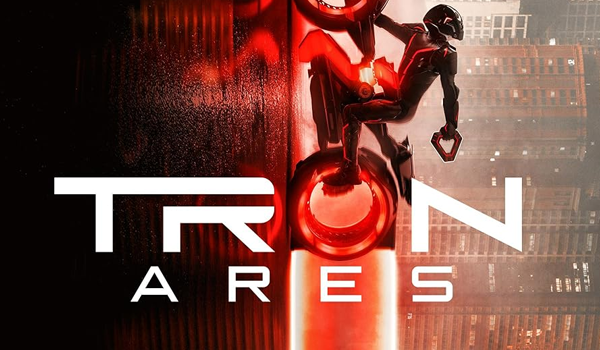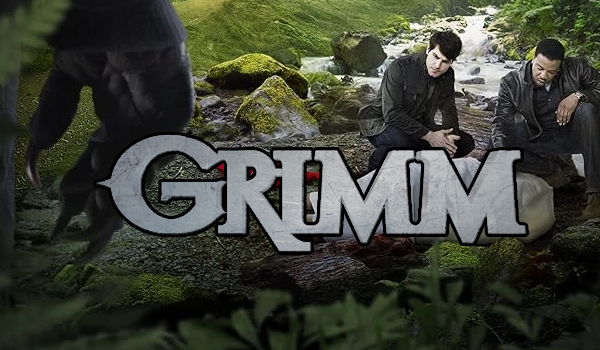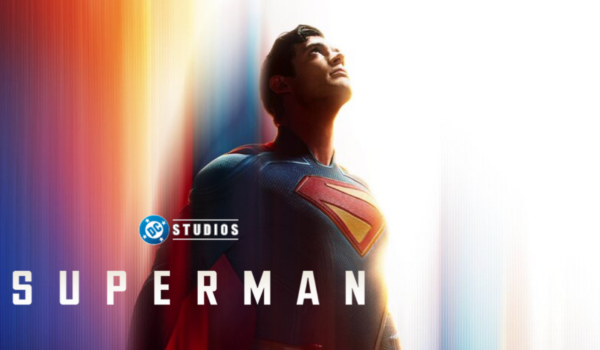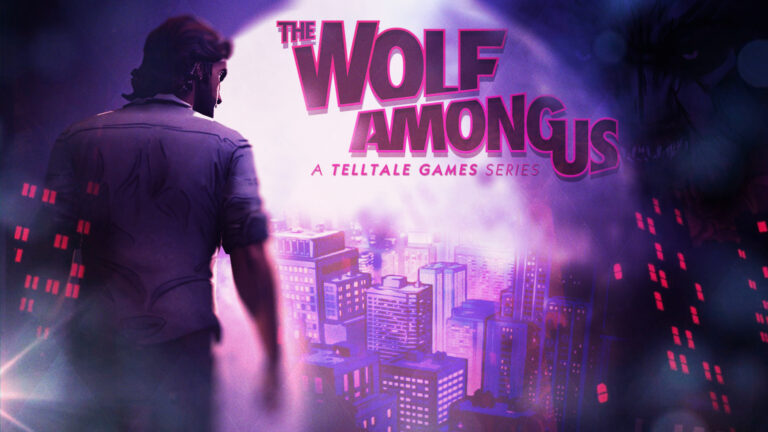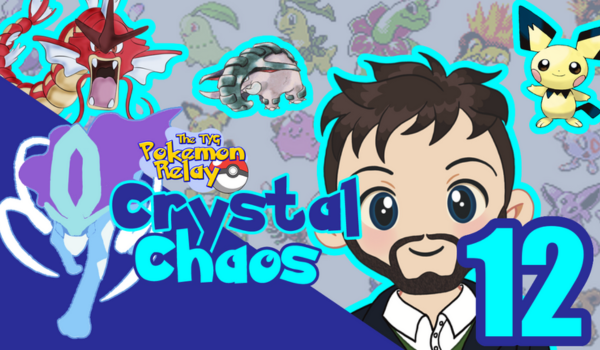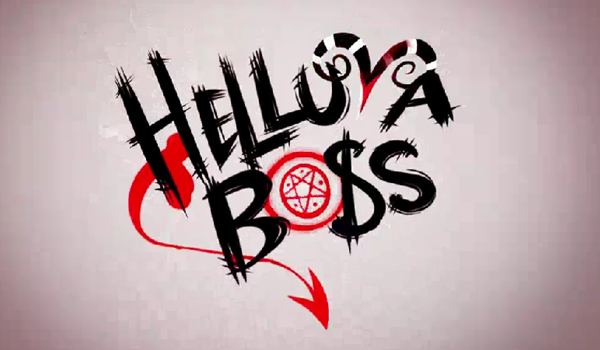
Created by Vivienne “VivziePop” Medrano, Helluva Boss is a wildly unique animated series that aired on YouTube and has taken the internet by storm. Set in the same universe as Hazbin Hotel, this spin-off focuses on the lives of the eccentric employees of I.M.P. (Immediate Murder Professionals), a hellish assassination business. Combining sharp humour, outrageous antics, heartfelt character arcs, and jaw-dropping visuals, Helluva Boss has cemented itself as a standout indie animation.
The show revolves around Blitzo (the “o” is silent), the unapologetically loud and often inappropriate boss of I.M.P. and his small but chaotic team: Moxxie, the uptight and morally conscious weapons expert; Millie, the bubbly yet brutally efficient fighter (and Moxxie’s devoted wife); and Loona, the surly, sarcastic hellhound receptionist with a secret soft side (and Blitzo’s adopted daughter). Their business model is simple: use a grimoire stolen from the aristocratic Stolas, a demon prince, to access the human world and assassinate their clients in Hell.

What initially seems like a purely comedic and chaotic setup quickly reveals an unexpected emotional depth as the show explores themes of love, loyalty, family, and personal growth. Each episode delivers a mix of over-the-top comedy and heartfelt storytelling that resonates on a surprisingly human level.
Season one lays the foundation for the series with explosive humour, chaotic missions, and an irreverent tone. Early episodes focus on introducing the main cast and their hilarious dynamics. Blitzo’s shameless arrogance, Moxxie’s exasperation, Millie’s unwavering supportiveness, and Loona’s biting cynicism all create a perfect recipe for comedy.
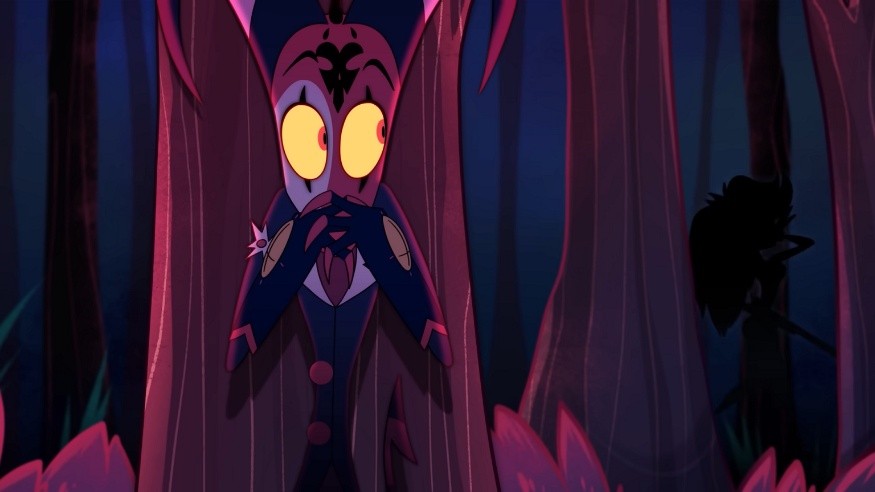
Episodes like “Loo Loo Land” (episode two) stand out for their balance of humour and emotional weight, revealing more about Stolas’ strained relationship with his daughter, Octavia. Meanwhile, “Murder Family” (episode one) and “C.H.E.R.U.B” (episode four) deliver fast-paced action and biting satire of morality.
Season one’s finale, “Ozzie’s,” then takes a surprisingly emotional turn, delving deeper into the toxic yet complicated relationship between Blitzo and Stolas. This episode proves that beneath the raunchy jokes and chaotic antics, Helluva Boss has a heart—and it’s not afraid to show it.
Season two takes everything fans loved about the first season and cranks it to eleven. The animation quality improves dramatically, with fluid character movements and even more vibrant, detailed backgrounds. The character development also deepens, with backstories that peel back the layers of Hell’s inhabitants.
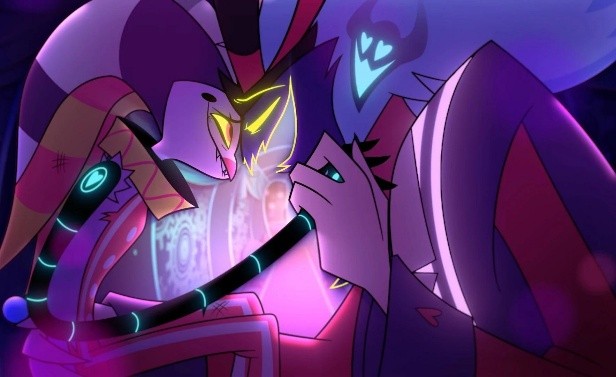
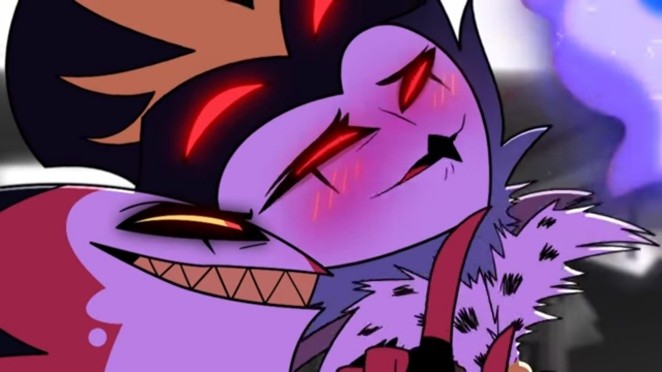
In the premiere, “The Circus,” viewers are treated to a flashback of Stolas’ childhood and his arranged marriage to Stella, offering a poignant look at his life before meeting Blitzo. This backstory adds complexity to Stolas, showing how his loneliness and longing for genuine connection drive his actions.
Episodes like “Seeing Stars” and “Western Energy” continue to expand the lore of Hell and Earth, introducing new characters and further fleshing out the personal lives of the main cast. The show doesn’t shy away from diving into difficult topics like betrayal, insecurities, and broken relationships, all while maintaining its signature dark humour and over-the-top action.
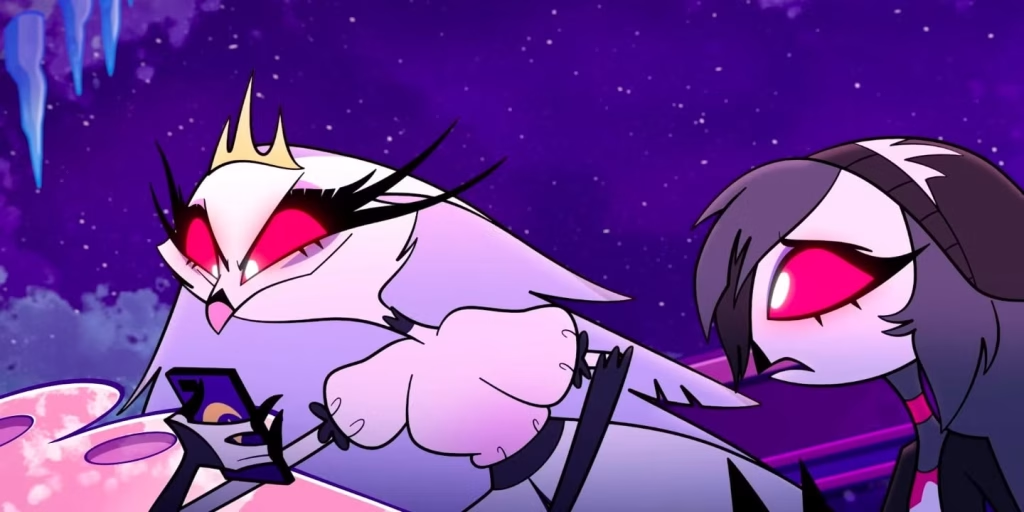
What Makes Helluva Boss Stand Out?
1. The Humour:
Helluva Boss is unapologetically edgy and absurd, with no shortage of sharp one-liners, irreverent jokes, and clever satire. It pokes fun at everything—from corporate culture to moral dilemmas—with a fearless attitude that feels refreshing in a world of often-sanitized media.
2. The Emotional Depth:
Despite its raunchy exterior, the series delivers moments of surprising tenderness. Whether it’s Blitzo’s struggles with self-worth, Stolas’ attempts to connect with his daughter, or Moxxie and Millie’s adorable marriage, the show balances its dark comedy with heartfelt storytelling.
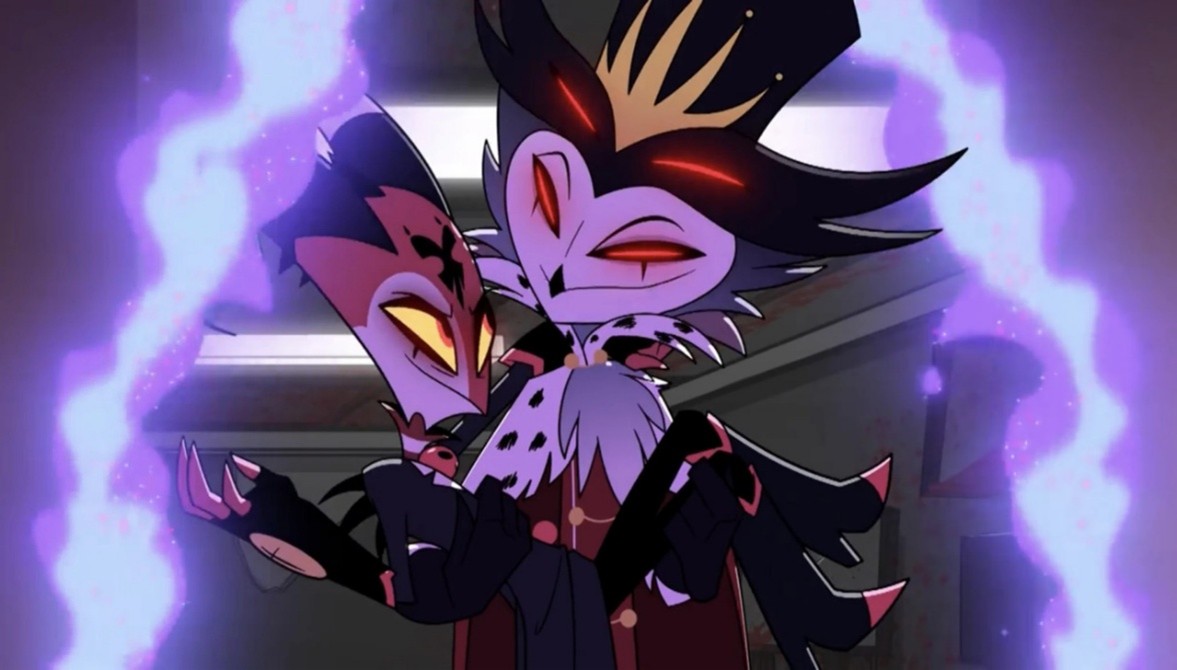
3. The Animation:
The art style is stunning, with vibrant colours, fluid movements, and creative character designs. Each demon is uniquely stylized, from Blitzo’s cartoonish grin to Stolas’ regal plumage. The action sequences are dynamic and cinematic, rivalling big-budget productions despite being an indie project.
4. The Voice Acting:
The cast brings each character to life with impeccable performances. Brandon Rogers (Blitzo), Richard Horvitz (Moxxie), Erica Lindbeck (Millie), and Erica Luttrell (Loona) all deliver stellar work. Bryce Pinkham’s portrayal of Stolas adds a charming vulnerability to the character.
5. The Music:
From catchy original songs to mood-setting scores, the music of Helluva Boss is a standout element. Episodes like “Ozzie’s” feature show-stopping musical numbers that enhance the emotional impact of key moments.
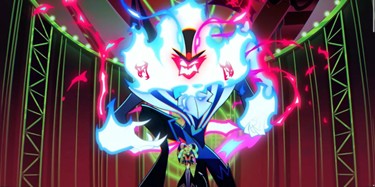
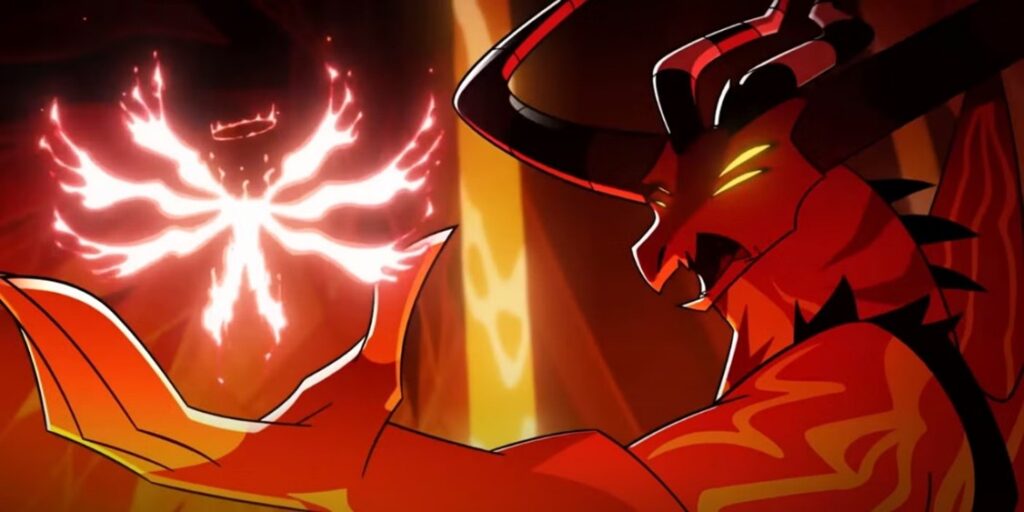
While the series has been incredibly strong overall, some episodes lean heavily on humour or shock value at the expense of plot progression. Certain characters, like Loona, could benefit from more screen time and development. However, these are minor criticisms in an otherwise exceptional series.
Helluva Boss is a bold, creative, and endlessly entertaining series that proves indie animation can compete with—and often surpass—mainstream productions. Its combination of dark humour, heartfelt storytelling, and stunning visuals makes it a must-watch for fans of irreverent comedy and character-driven narratives.
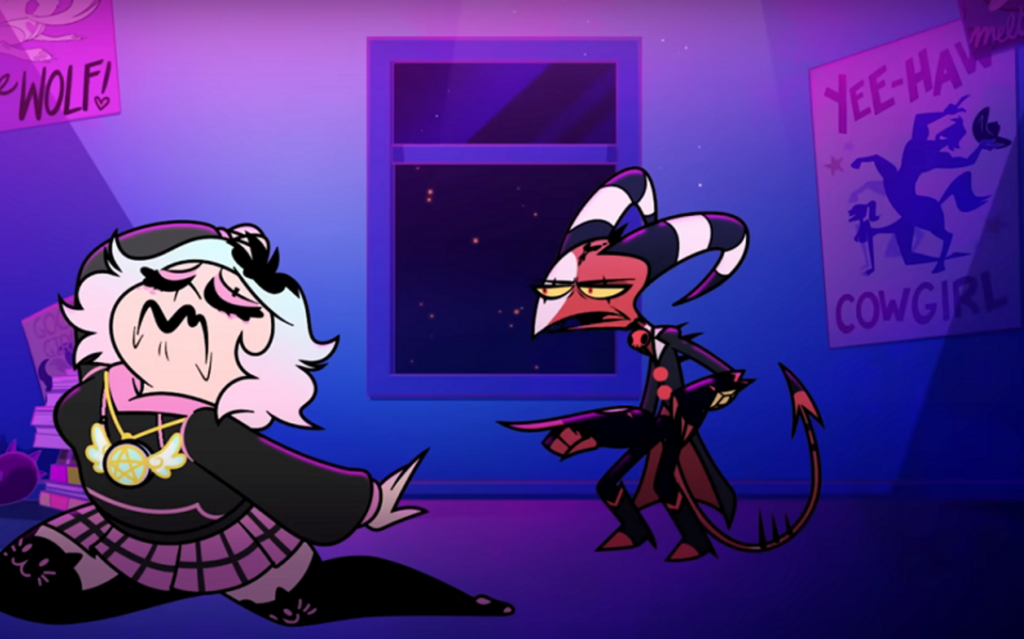
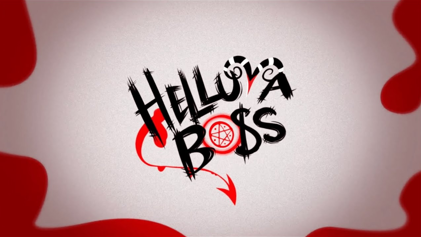
With Season two continuing to push boundaries and deepen the lore, the future of Helluva Boss looks brighter (or darker, in a hellish sense) than ever, with a third season in production. Whether you’re here for the raunchy jokes, the emotional arcs, or the beautiful animation, Helluva Boss offers something for everyone—and it’s absolutely worth the watch!

